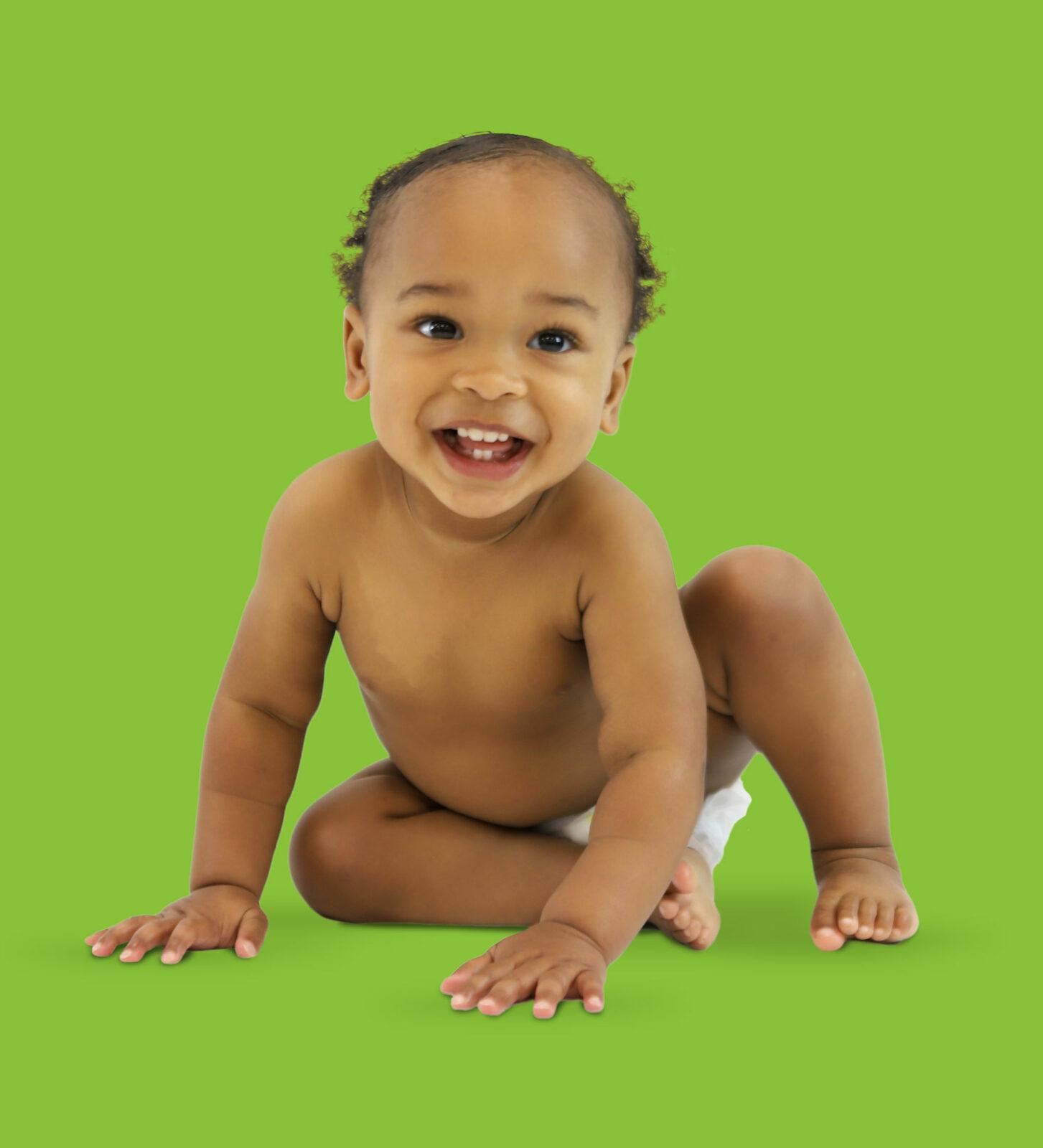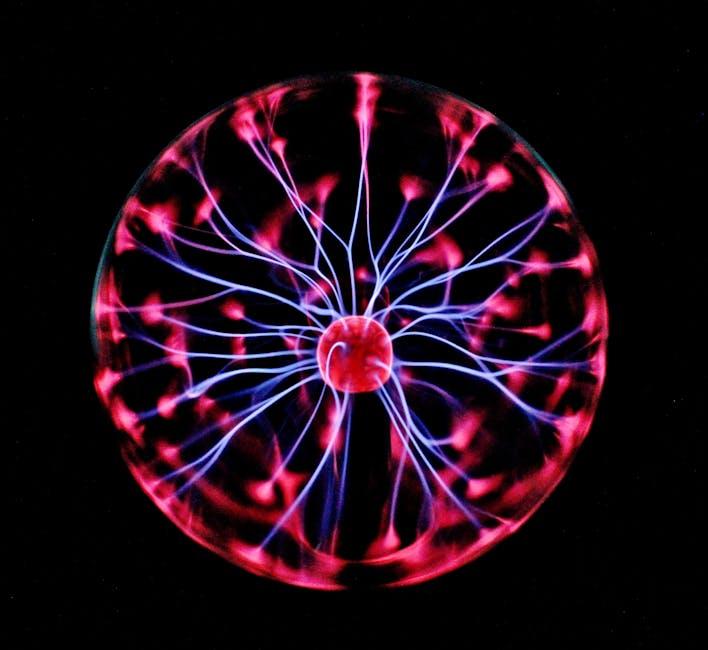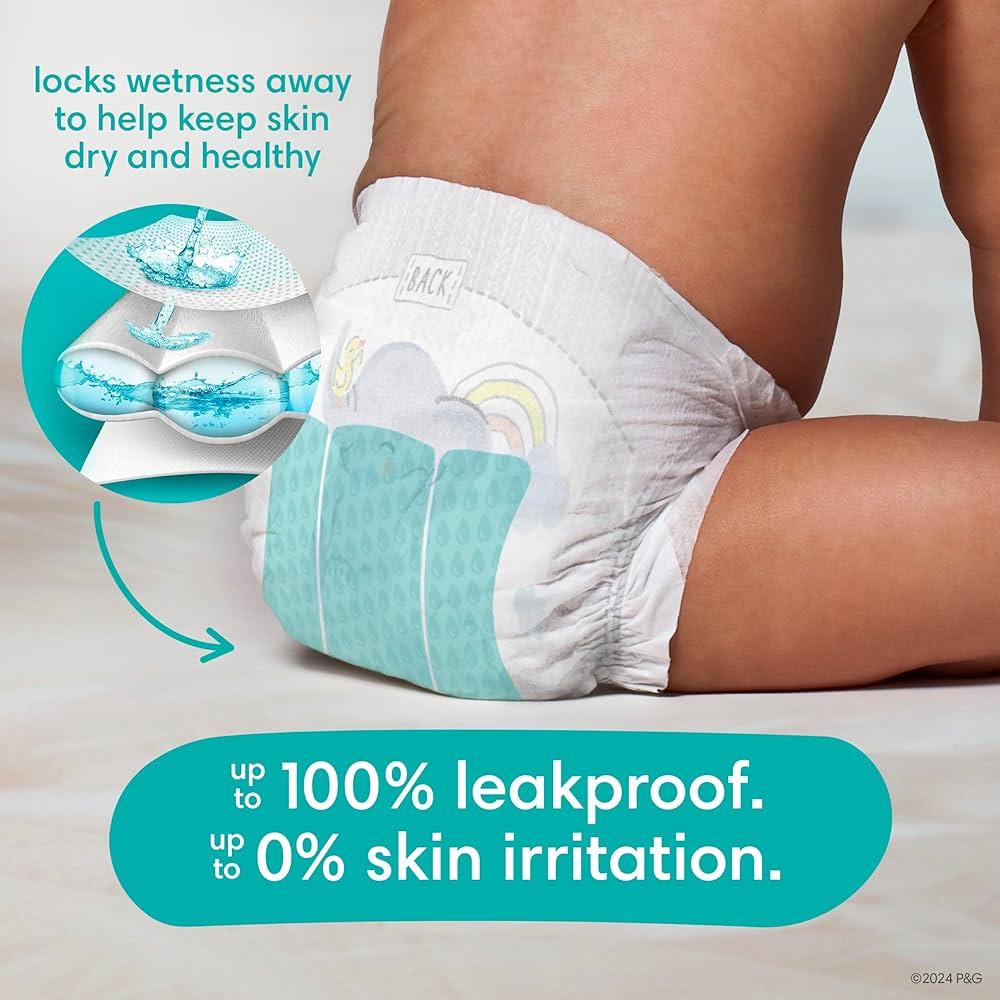Table of Contents
- Understanding Diaper Expiration and Its Impact on Baby Care
- Signs That Your Diapers May Have Expired
- The Science Behind Diaper Materials and Shelf Life
- Expert Tips for Storing Diapers Properly
- Choosing the Right Diapers for Optimal Performance and Safety
- Q&A
- To Conclude
Understanding Diaper Expiration and Its Impact on Baby Care
Every parent desires the best for their child, and diaper selection is an integral part of baby care. However, many might not realize that diapers do have a shelf life, and understanding this can help ensure your baby stays comfortable and protected. Most disposable diapers can remain effective for 2 to 3 years before they show signs of deterioration. Over time, the materials can break down, potentially leading to a less absorbent product that could increase the risk of leaks and skin irritation.
One of the main components of diaper performance is the absorbent gel. As diapers near their expiration, this gel can lose its ability to hold moisture effectively. Here are some indicators of expired diapers:
- Discoloration: If you notice yellowing or dark spots, it may indicate that the materials inside have deteriorated.
- Crumbly Texture: An unusual texture when handling the diapers can suggest degradation.
- Unpleasant Odor: Any strange smells can signify that the diapers have surpassed their usable life.
Furthermore, the storage of diapers plays a crucial role in their longevity. Storing them in a cool, dry place away from direct sunlight can extend their shelf life. Conversely, exposure to moisture or heat can speed up the deterioration process. To help visualize this, consider the following table which showcases ideal storage conditions:
| Condition | Ideal Environment |
|---|---|
| Temperature | Between 60°F and 75°F (15°C – 24°C) |
| Humidity | Less than 50% |
| Light Exposure | Away from direct sunlight |


Signs That Your Diapers May Have Expired
As parents or caregivers, ensuring your baby’s comfort is a top priority, and that includes using the right diapers. Over time, diapers can lose their effectiveness—signs of expiration are not always obvious, but they can lead to discomfort or leaks if not addressed. Physical anomalies should be your first clue. Look for changes in texture or odor. If diapers feel stiff, have a yellowish tint, or emit an unusual smell, it may be time to consider replacement. Discoloration can indicate absorption issues or contaminants, while stiffness might signify chemical breakdown.
Another important consideration is packaging integrity. If you notice damaged packaging, such as tears or punctures, your diapers may no longer be reliable. Moisture can get in and compromise the product, leading to odor, mold, or a loss of absorbency. Always check the packaging’s “best by” date as a guideline, even if the diapers were stored properly. If the printed date has passed, replacement is recommended to ensure safety and comfort for your little one.
Performance issues are a critical indicator of expired diapers. Watch for leakage or an increase in rashes. If you find yourself changing diapers more frequently due to leaks, it might signal that the absorbent materials have waned. Skin irritations can also escalate, suggesting that the barrier properties of the diaper have diminished. Trust your instincts: if your baby appears uncomfortable or you’re questioning the integrity of the product, it’s better to err on the side of caution and switch to a fresher supply.


The Science Behind Diaper Materials and Shelf Life
Diapers are an essential product for parents, and understanding what goes into the materials can help caregivers make informed choices. The core materials of modern diapers generally include a combination of superabsorbent polymers (SAP), fluff pulp, and a waterproof barrier. These components work together not only to absorb moisture effectively but also to keep the baby’s skin dry and comfortable. The superabsorbent polymers can hold multiple times their weight in liquid, while fluff pulp provides the bulk that gives diapers their structure. Additionally, many brands incorporate breathable materials to reduce diaper rash and irritation, enhancing overall hygiene for infants.
However, the effectiveness of these materials can diminish over time. Diapers do not have a strict expiration date like many perishable goods, but their shelf life can significantly impact their performance. Factors such as moisture, temperature, and exposure to light can degrade the polymers and integrity of the diaper. Typically, manufacturers recommend using diapers within a period of 2 to 3 years for optimal performance, but keeping them in a cool, dry place can extend their usability. When stored properly, you can maintain the integrity of the materials, ensuring the diaper functions as intended when it is needed.
To further illustrate the importance of understanding diaper shelf life, consider the following table that outlines key material properties and their susceptibility to age and environmental factors:
| Material | Properties | Shelf Life Impact |
|---|---|---|
| Superabsorbent Polymer | High absorbency, gel-like formation | Affected by moisture; loses absorbency over time |
| Fluff Pulp | Provides bulk, supports absorption | Can compact and lose fluffiness with age |
| Waterproof Barrier | Prevents leaks, keeps moisture away from skin | Degrades with exposure to light and heat |


Expert Tips for Storing Diapers Properly
Proper storage of diapers is essential to ensure they remain safe and effective for use. Start by choosing a dry and cool environment, as excess humidity and heat can weaken the materials. Opt for a dedicated storage container, such as a plastic bin with a lid, to keep the diapers protected from dust and moisture. Avoid areas near windows or heating vents, as direct sunlight and temperature fluctuations can compromise the integrity of the diapers.
When arranging your diapers, consider the first-in, first-out method. This means using older stock before newer purchases. You can easily maintain this system by keeping an inventory list that tracks your diaper stock. Also, try to group diapers by size or type to streamline the process during changes. Use labels for bigger containers to make identification quick and easy during those hectic moments.
Lastly, it’s wise to regularly inspect your diaper supply for any signs of damage or deterioration, such as tearing or a strong odor. It’s a good idea to familiarize yourself with the manufacturer’s guidelines regarding shelf life and storage conditions. Below is a simple table to summarize diaper storage best practices:
| Storage Tips | Key Points |
|---|---|
| Environment | Cool and dry, away from direct sunlight |
| Container | Use a sealed plastic bin |
| Organization | Group by size and use FIFO method |
| Inspection | Regularly check for damage or odors |


Choosing the Right Diapers for Optimal Performance and Safety
When selecting diapers, it’s essential to prioritize both performance and safety to ensure your baby’s comfort. Look for options that feature breathable materials which help reduce the risk of diaper rash and keep your little one feeling fresh. Additionally, consider absorbency levels. Diapers with a high absorption capacity can keep your baby dry for extended periods, especially overnight. You’ll want to choose a diaper that offers a snug fit without being too tight, as this will prevent leaks and enhance overall effectiveness.
Another key factor in choosing the right diaper is understanding its ingredients. Ideally, you want products that are free from harsh chemicals and known irritants. Brands that provide transparent ingredient lists often gain higher trust from parents. Look for features like hypoallergenic claims or dermatologist-tested certifications, which can signify a lesser risk of allergic reactions. Moreover, sustainable brands often incorporate eco-friendly materials, making them a great choice for environmentally-conscious families.
| Feature | Benefits |
|---|---|
| Breathable Materials | Reduces diaper rash, keeps skin dry |
| High Absorbency | Keeps baby dry longer, prevents leaks |
| Hypoallergenic Options | Minimizes risk of irritation and allergic reactions |
| Sustainable Materials | Environmentally friendly, often safer for sensitive skin |
Choosing a suitable diaper means understanding your baby’s unique needs and behaviors. Frequent changes and observing how your baby reacts to different diaper types can also guide your choices. Ensuring that the diapers are used before their expiration date enhances their effectiveness. Expired diapers may not only be less absorbent but can also pose safety concerns. Therefore, maintaining an inventory system to rotate through your diapers can prevent potential issues and ensure optimal performance and safety for your child.
Q&A
Q&A on Diaper Expiration
Q1: Do diapers really expire? A1: Yes, diapers do expire! While they don’t spoil like food, their materials can break down over time. Manufacturers typically recommend using diapers within 2 to 3 years from the date of manufacture to ensure they maintain their absorbency and effectiveness.Q2: How can I find the expiration date on my diapers? A2: Most diaper packages don’t have a clear expiration date. Instead, look for a “Manufactured On” date or a batch code. You may need to contact the manufacturer for specific information about the production date if it’s not readily visible.
Q3: What happens if I use expired diapers? A3: Using expired diapers might not pose a safety risk, but they may not perform as effectively. You might notice reduced absorbency, increased leakage, or irritation for your baby’s skin due to materials that have degraded over time.
Q4: Can I still use diapers that are a few months past their expiration date? A4: While diapers a few months past their suggested expiration date may still be usable, it’s wise to inspect them closely. Look for any signs of wear or damage, like discoloration, a funny smell, or any brittleness in the material.
Q5: How should I store diapers to maximize their shelf life? A5: Store diapers in a cool, dry place away from direct sunlight and moisture. Keeping them in their original packaging can also help protect them from dust and damage, maintaining their quality for as long as possible.
Q6: Are there any signs that indicate a diaper has expired? A6: Yes! Signs include a change in texture (getting rough or crumbly), a strange odor, and a visible change in color. If you notice any of these, it’s best to avoid using those diapers.
Q7: What should I do with expired diapers? A7: It’s best to dispose of expired diapers, as they won’t perform effectively. Check if your local waste management accepts them for disposal, or you can consider eco-friendly disposal options if they’re available in your area.
Q8: Should I worry about diaper expiration if I have extra supplies? A8: It’s always a good idea to monitor your diaper supply and use them before they reach their expiration. If you have extras, consider donating unopened packages to shelters or charities, as they can always use baby supplies.
Q9: How can I effectively manage my diaper inventory? A9: Keep track of your diapers by placing the newest ones at the back of your stash and the older ones in front. Regularly check the dates and use a marker to label packages if needed, ensuring you use them in the order they were purchased.
Q10: Is it true that different brands have different lifespans? A10: Yes, different brands may have varying shelf lives based on their materials and production processes. It’s a good practice to check the specific recommendations of each brand you use to ensure you’re using them within the suggested timeframe.




0 Comments